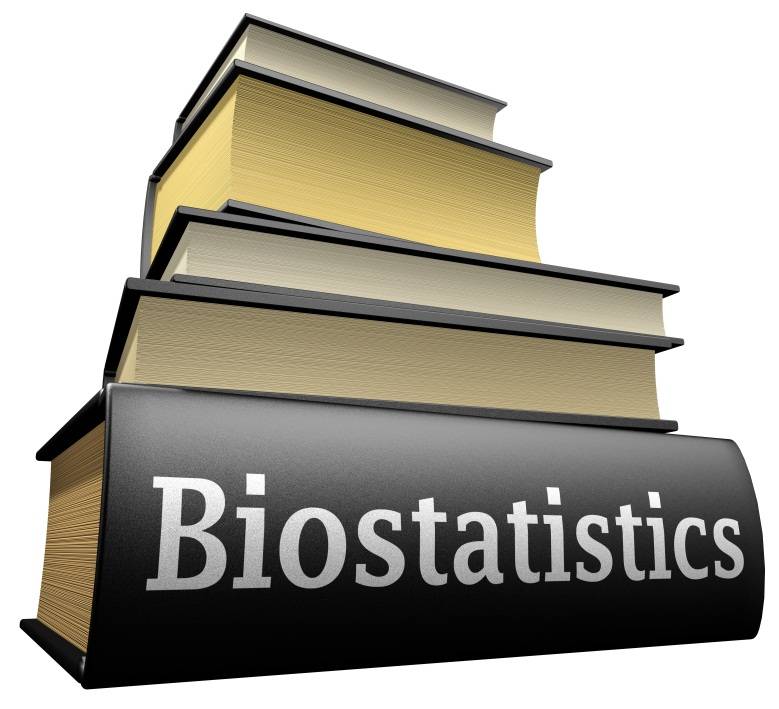Applying statistical methods to calculate the data in healthcare and medicine industries involves parameters, variables, equations, and different types of quantitative data. This data is used to analyze the effects of the drugs and its impact on the human population. Reports that provide information on the new and current drugs need to provide these statistics to know which drug is in demand in the market. These analysis are used to make business decisions in this industry.

Numerical, continual, discreet, and ratios are the data types used to represent statistical data in biomedical industries. They are used to summarize the pros and cons of the products that are introduced in the market. They are also used to represent graphical data. There are parametric tests and non parametric tests conducted using this data. Data such as, sex, religion, gender, group, etc is represented through quantitative data. The measurement of this data can also be represented in percentages instead of numbers or formulae.
The discrete data is presented in the form of numbers that gives values, such as, number of beds in hospitals, number of cases of any disease, etc. The continuous data is more abstract and deals with the possibilities and probability of any biomedical issue. It is represented in fractions and percentages. Primary and secondary data provide exact information about an individual. These are direct records, census obtained from hospitals, individuals etc.
Nominal or ordinal data is categorized into specific categories. Nominal data cannot be branched. For instance, the data about color of the eyes, race, etc remains constant. Ordinal data can be branched into sub categories. However, the output between these branches need not have the same variables.
The data collected should be accurate and from reliable sources. They should contain precise information about every category and must have a validated method of measuring the data.
{{cta(‘ebf5dfff-a0f3-4449-b9f0-c27cf53ab527′,’justifycenter’)}}



